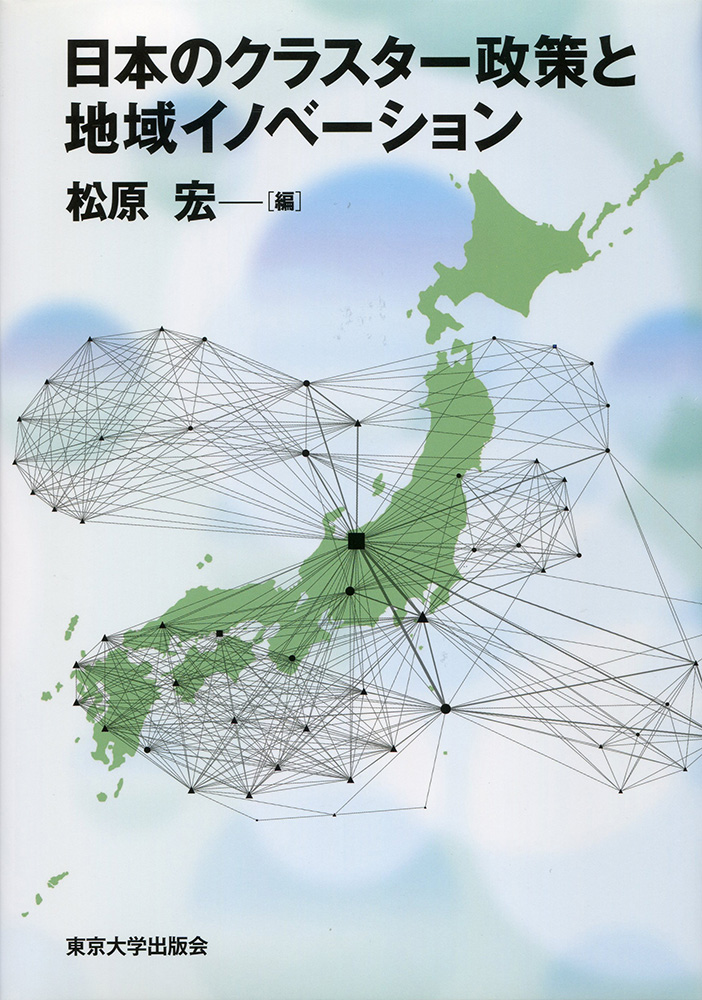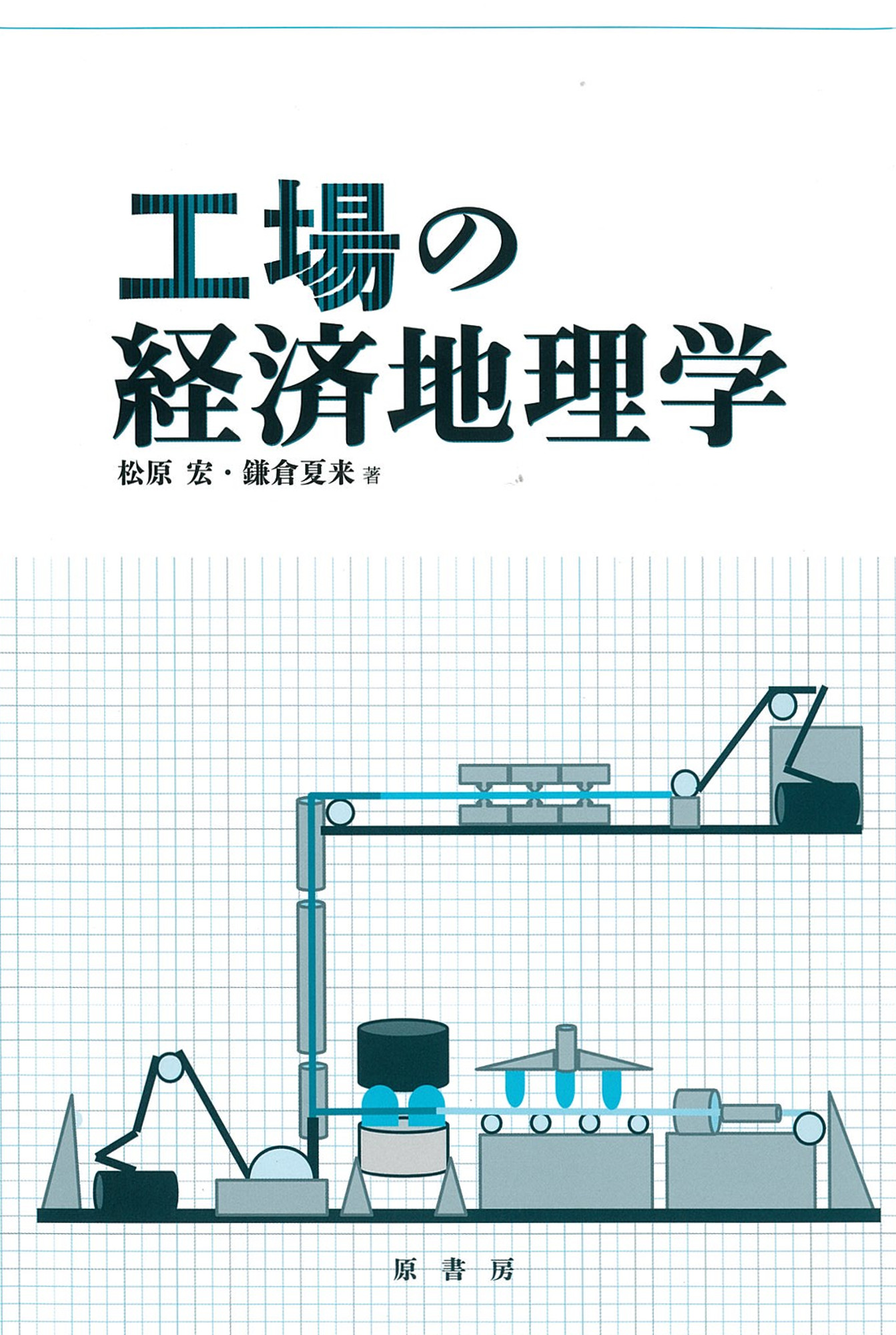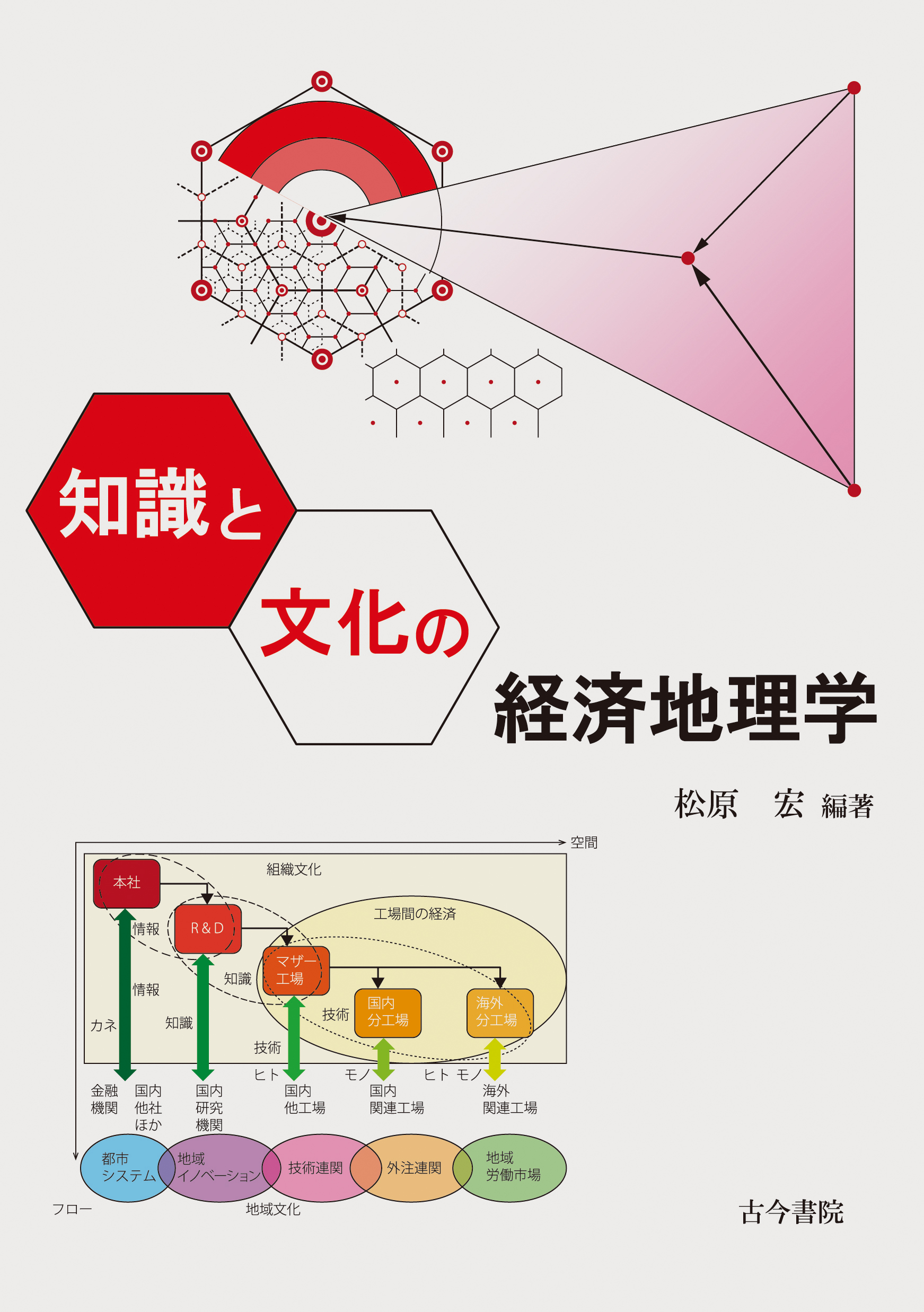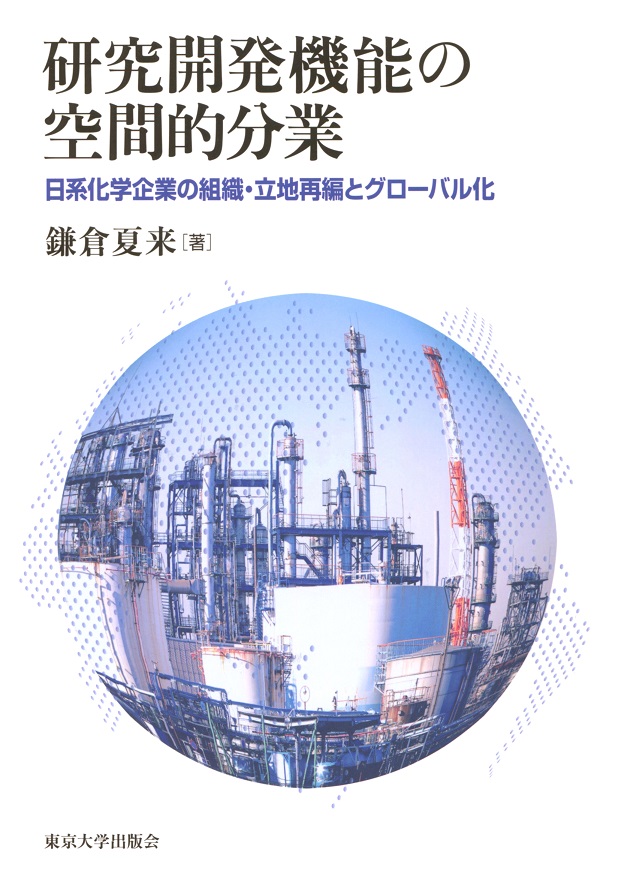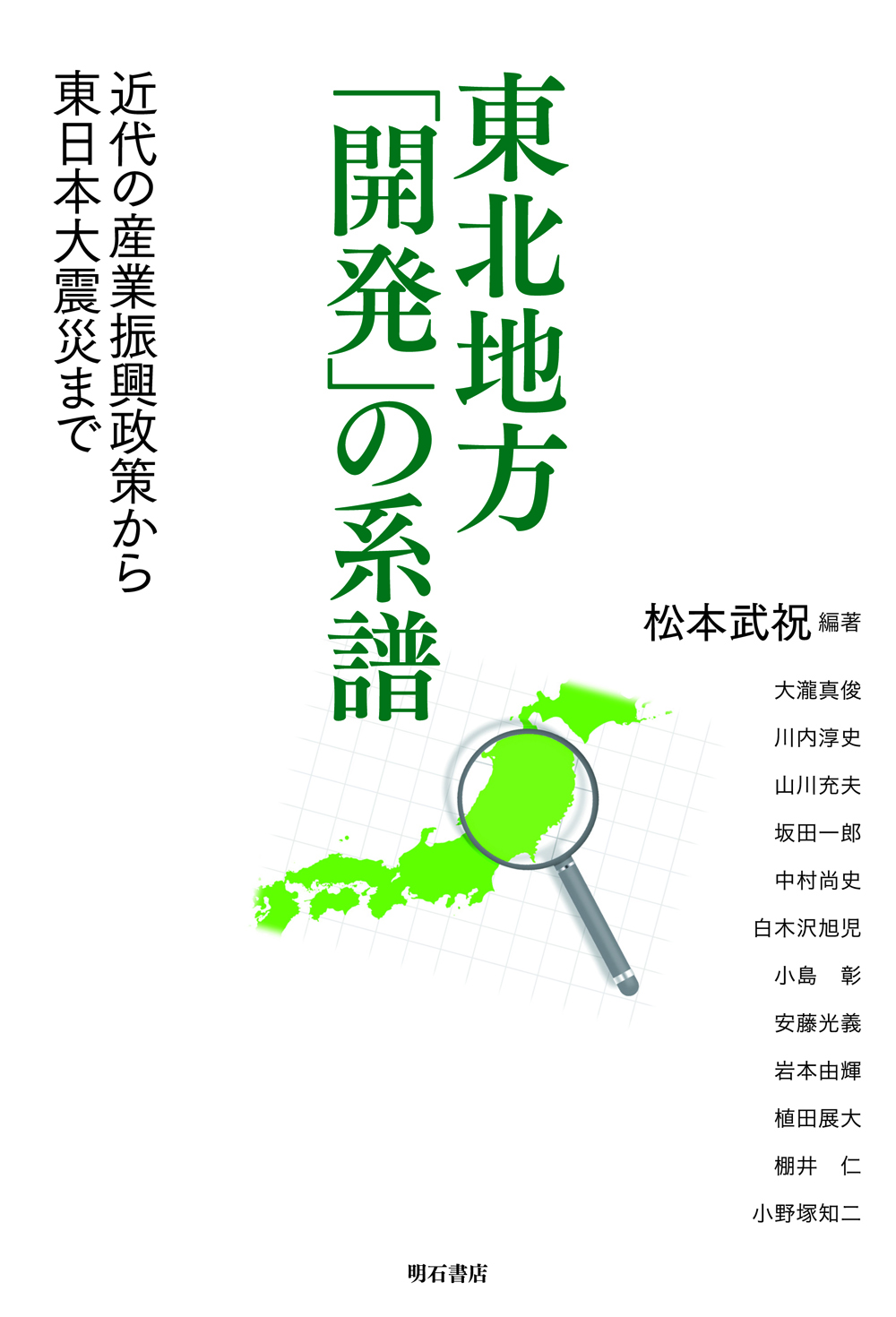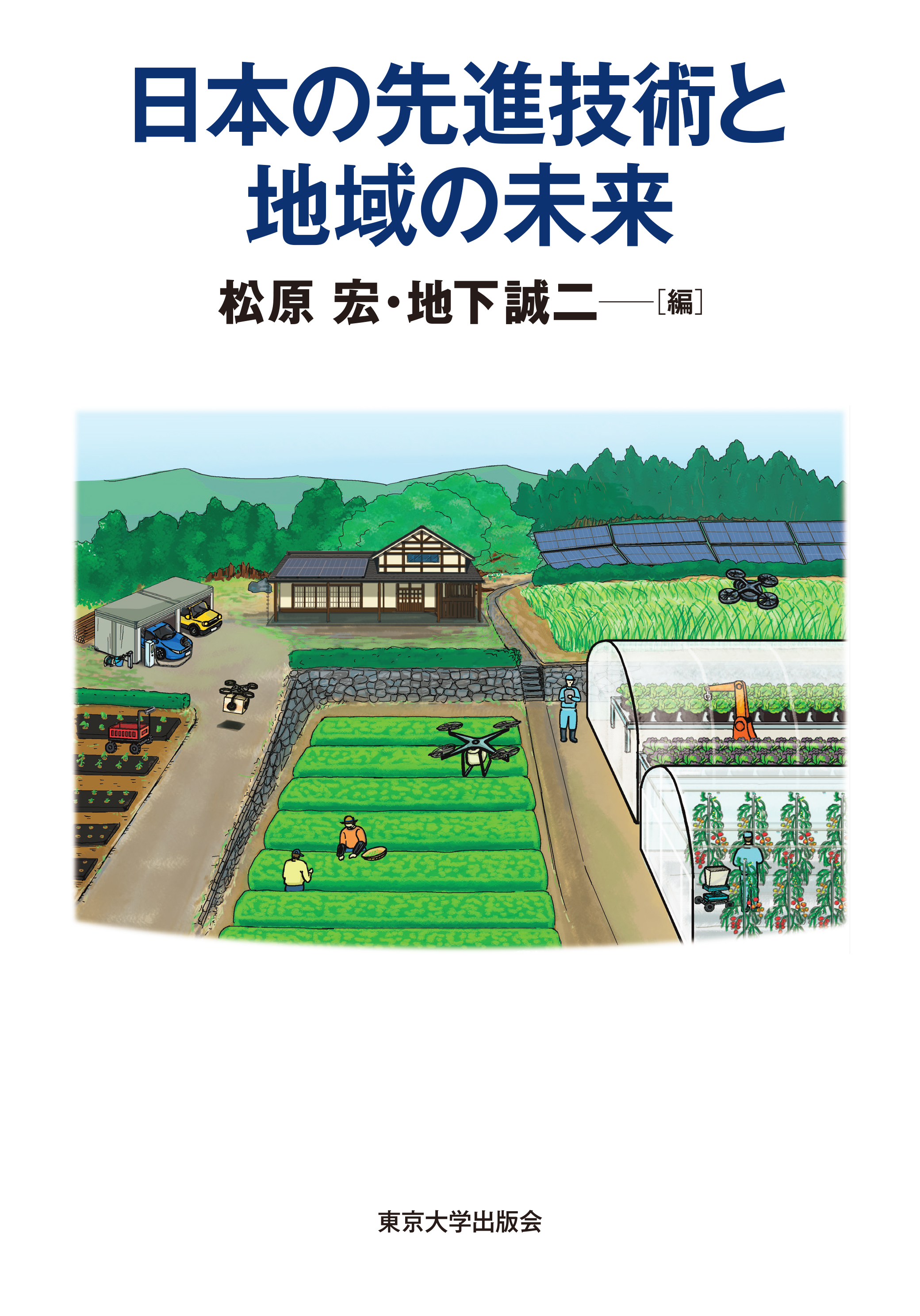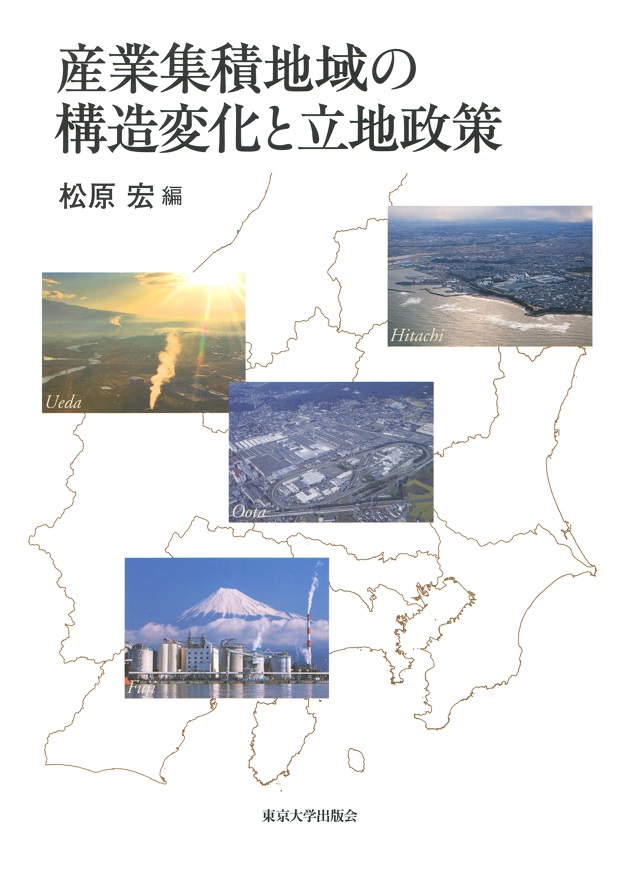
Title
Sangyo Shuseki Chiiki no Kozo Henka to Ricchi Seisaku (Structural Change and Location Policy for Industrial Agglomeration Regions)
Size
388 pages, A5 format
Language
Japanese
Released
March 28, 2018
ISBN
978-4-13-046122-1
Published by
University of Tokyo Press
Book Info
See Book Availability at Library
Japanese Page
In the 21st century, emphasis has shifted from framing policies focused on the regional dispersion of the various functions of industry to those based on the creation and agglomeration of new industries that provide regional economic independence and international competitive power. However, in tune with changes to the contents of industrial agglomeration policies in the “Act on Fortifying the Foundation for Regional Growth and Development by Promoting Regional Economy Advancement Projects,” which came into force at the end of July 2017, the current policy, besides removing restriction such as industry type and regional limits from industrial agglomerations, seeks to provide support to a variety of businesses acting as regional economic drivers, including those in the non-manufacturing industries.
The shift in policy reflects the change in the way in which industrial agglomerations support regional competitive power. The use of a single term for different types of industrial agglomerations ignores their different characteristics and changes in structure. The goal of this book is to present an overarching analysis of industrial agglomerations, classify them by type, provide examples of each type, explain in detail the actual changes in their structures, and consider the future of these agglomerations.
This book is composed of four sections and fourteen chapters. In Section I, which is the theoretical section, the introduction of the main theoretical points gives the reader an idea of the origins of agglomeration policy, from the classic Western agglomeration theory, and its subsequent evolution to the “new industrial agglomeration policy” that emerged in the 1980s and, later, the new evolutionary economic geography approach. In addition to classifying industrial agglomerations, Japanese industrial agglomeration research is reviewed to provide a convenient source of reference for the latest findings and future challenges.
In Section II, the macro analysis section, methods of analyzing industrial agglomerations using statistical charts, such as “industrial area charts” and “mesh data,” are introduced and changes in the shipping volumes and the distribution of industrial agglomerations by industry type are shown using maps of Japan. Further, the actual decrease in “factory density” and the loss of competitive power by industrial agglomerations is clarified using extensive data.
The core of the book, however, is the regional analysis section, which is based on the results of interviews conducted during visits to more than 100 factories. Sagamihara, Tokatsu/Kawaguchi, Hitachi, Fuji, Hamamatsu, Ota/Kiryu, Nagaoka, and Ueda/Sakaki, the industrial agglomerations of the Greater Kanto area, are examined in great detail. An analysis of statistical data and detailed on-site surveys are used to investigate the characteristics and history of each region, as well as the structural changes in these agglomerations. Although the structural changes in each agglomeration region are complex and diverse, they appear to have in common a trend of lower rates of intercompany transactions within the industrial agglomerations themselves, indicating a widening transaction space. Changes have also been observed in organizations that maintain and reinforce the dynamism of agglomeration regions, and the question of how to realize regional innovation through industry–academic collaborations with universities and other institutions has become increasingly important.
In the final section, Section IV, new EU policies that model “smart specialization” are introduced—an important topic for considering future challenges and the positioning of Japan’s industrial agglomeration policies in a manner that responds to the contemporary situation.
This book, therefore, combines industrial agglomeration theory, and information about current conditions and policy in a single work, thereby serving as a useful handbook for those seeking to learn about industrial agglomeration.
(Written by MATSUBARA Hiroshi, Professor, Graduate School of Arts and Sciences / 2018)



 Find a book
Find a book


 eBook
eBook